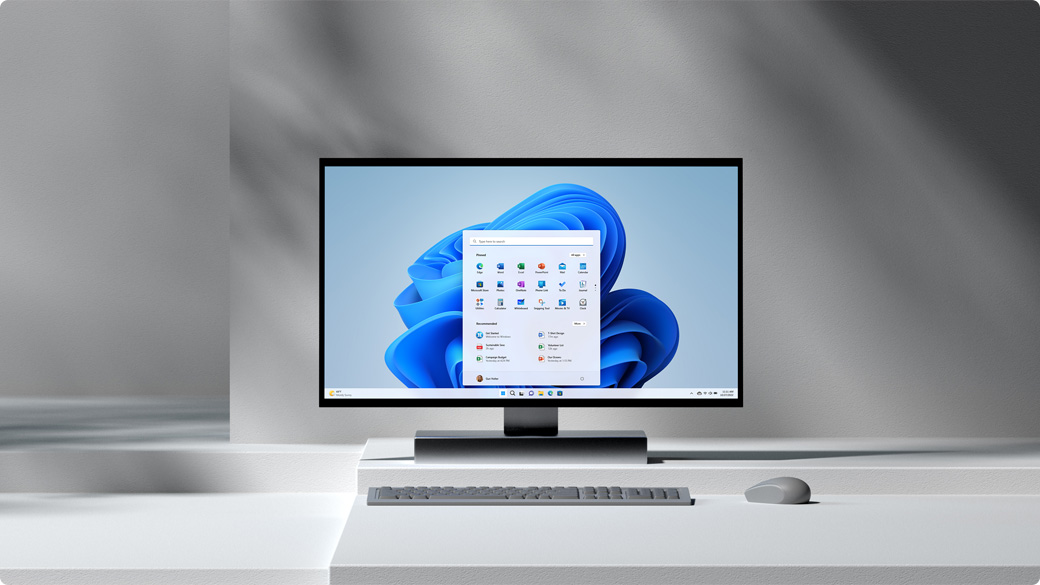In the digital age, our reliance on technology is evident in our everyday routines, especially when it comes to desktop computing. A crucial but often overlooked component that keeps our desktops running is the power cord. Choosing the right desktop power cord is more than just a matter of plugging in; it’s about ensuring reliability, safety, and compatibility with your equipment. This article provides practical advice on selecting the ideal power cord for your desktop setup, detailing the considerations you should take into account.
Understanding Power Cord Specifications
Recognizing Plug Types and Voltage Requirements
When choosing a power cord, the first step is to identify the plug type and voltage requirements of your desktop. Power cords can come with various plug configurations (e.g., two-prong, three-prong), designed for different outlets and grounding needs. Voltage requirements vary by country and device, so it’s important to match your cord to the electrical standards of your location and the specifications of your computer’s power supply unit (PSU).
Evaluating Cord Length and Flexibility
The length of the power cord is a critical factor to consider. A cord that is too short may limit where you can place your desktop, while a cord that is too long could create clutter or become a tripping hazard. Consider the distance between your desktop and the power outlet, allowing for some flexibility in desktop placement. Additionally, the flexibility of the cord can affect its durability and ease of use, especially in tight spaces or when routing cords behind furniture.

Safety Standards and Certification
Looking for UL Certification and Other Safety Marks
Safety should be a top priority when selecting a power cord. A reliable power cord should have Underwriters Laboratories (UL) certification or an equivalent safety mark. These certifications indicate that the cord has been tested and meets specific safety standards. Using certified power cords reduces the risk of electrical hazards such as short circuits, overheating, or fires.
Understanding Gauge and Load Capacity
The thickness of the wire, known as the gauge, is a determining factor for the amount of current the cord can handle. A lower gauge number indicates a thicker wire and a higher capacity to carry current, which is necessary for devices that draw more power. Ensure that the power cord you choose has an appropriate wire gauge for the amperage rating of your desktop’s PSU to prevent overloading the cord.
Compatibility and Quality Considerations
Ensuring Compatibility with Your Devices
Compatibility is essential when choosing a power cord for your desktop. The connector that plugs into your desktop’s PSU must match the device’s input port. Common connector types include the C13/C14 coupler for desktop computers and monitors. If you have peripherals or additional hardware that require power, such as external hard drives or speakers, consider a power cord or strip with multiple outputs to accommodate all your devices.
Assessing Build Quality and Durability
A power cord’s build quality directly impacts its longevity and reliability. Look for cords with robust, well-insulated cables that can withstand wear and tear. High-quality cords often have features such as strain relief boots that prevent the cable from bending sharply at the point of connection, reducing the risk of damage. Investing in a cord with strong materials and solid construction can save you from the inconvenience and expense of frequent replacements.
Selecting the appropriate desktop power cord is essential for maintaining a safe and efficient computing environment. By understanding the technical specifications and safety standards, ensuring device compatibility and build quality, and considering additional practical features, you can make an informed decision that keeps your desktop powered reliably. Remember that a well-chosen power cord not only supplies power to your desktop but also contributes to the overall functionality and organization of your workspace.